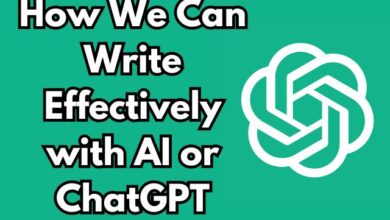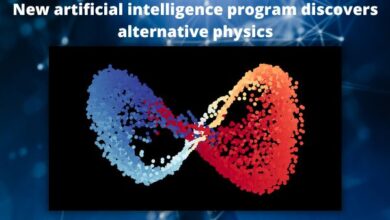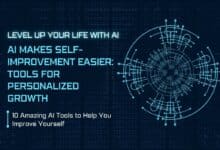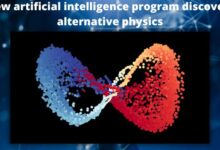Tool Teaches AI to Know If You’re Lying
Explore how a new tool teaches AI to detect lies, enhancing AI’s effectiveness and reliability, and opening up new possibilities in various sectors.

“Tool Teaches AI to Know If You’re Lying” – a phrase that captures the essence of a groundbreaking development in the field of artificial intelligence. This tool, a marvel of modern technology, is designed to equip AI with the ability to discern truth from deception. In a world where interactions are increasingly digital and automated, the ability to detect lies can significantly enhance the effectiveness and reliability of AI systems.
This tool not only broadens the capabilities of AI but also opens up new avenues for its application. From law enforcement to customer service, the implications are far-reaching and transformative. As we delve into the details of this tool, we will explore how it works, its effectiveness, and the potential it holds for the future of AI. Stay tuned as we unravel the fascinating journey of how a tool is teaching AI to know if you’re lying.
AI and Deception
Artificial Intelligence (AI) has made significant strides in recent years, becoming an integral part of various sectors, from healthcare to finance. However, one area that has posed a challenge is the detection of deception or lies. Deception, in its simplest form, is the act of causing someone to accept as true or valid what is false or invalid. It’s a complex human behavior that AI systems have traditionally struggled to understand and identify.
The ability to detect lies can be crucial in many scenarios where AI is used. For instance, when AI is used to assess loan applications, an applicant might have an incentive to lie about their income. Similarly, in insurance, a policyholder might lie to lower their premiums. In such cases, the ability of AI to detect lies can significantly improve the decision-making process and prevent fraud.
Teaching AI to spot lies isn’t easy. Human communication is tricky, and people lie for various reasons, some harmless, some not. So, any AI tool that wants to catch lies must be smart about it.
Now, researchers have come up with a new trick for AI. They made a tool that focuses on understanding why people might lie for personal gain. Basically, it teaches AI to recognize situations where someone might lie to get ahead.
This development marks a significant step forward in the field of AI. By teaching AI to detect lies, we can enhance its effectiveness and reliability, opening up new possibilities for its application.
The Need for Deception Detection in AI
In an increasingly digital world, the ability to detect deception is becoming more critical. AI systems are used in a wide variety of business contexts, such as determining mortgage affordability or setting insurance premiums. In these scenarios, individuals may have an economic incentive to lie, such as to secure a larger mortgage or lower their insurance premiums.
However, traditional AI programs use mathematical algorithms driven solely by statistics to make their forecasts. This approach can inadvertently create incentives for people to lie. For instance, someone might underreport their income to receive a larger tax refund or overstate their qualifications to secure a job.
Researchers made a new tool to teach AI how to catch lies. This tool focuses on understanding why people might lie for personal gain. So, the AI learns to spot situations where someone might lie to get ahead.
This development marks a significant step forward in the field of AI, enhancing its effectiveness and reliability, and opening up new possibilities for its application.
The Tool: Teaching AI to Detect Lies
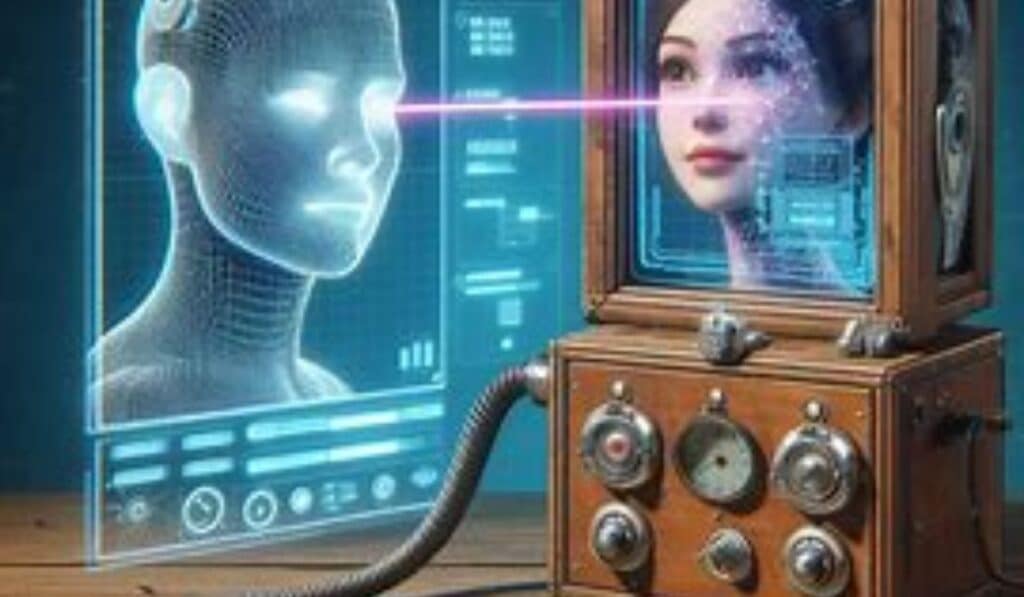
In the quest to enhance AI’s ability to detect deception, researchers have developed a new tool that teaches AI to recognize and account for human economic incentives. This tool is designed to be used in contexts where humans may have an economic incentive to lie, such as when applying for a mortgage or trying to lower their insurance premiums.
The tool was developed by a team of researchers led by Mehmet Caner, the Thurman-Raytheon Distinguished Professor of Economics at North Carolina State University.
The team created new training rules for the AI to learn how to make better predictions. These rules help the AI understand and consider why a person might lie for personal gain.
AI learns to spot situations where people might lie to make things better for themselves. This approach is a significant departure from traditional AI programs, which generally use mathematical algorithms driven solely by statistics to make their forecasts. This statistical approach can inadvertently create incentives for people to lie.
In test simulations, the updated AI did a better job of spotting false information from users, making it less tempting for them to lie. However, it still missed some small lies. Researchers admit they need to figure out the difference between small and big lies.
They’re sharing the new training rules with other AI developers. This shows that we can make AI better at reducing reasons for people to lie. Eventually, if we make AI smart enough, we might remove those reasons completely.
This development marks a significant step forward in the field of AI. By teaching AI to detect lies, we can enhance its effectiveness and reliability, opening up new possibilities for its application.
Results and Accuracy
The tool’s effectiveness in teaching AI to detect lies has been demonstrated in proof-of-concept simulations. The modified AI was better able to detect inaccurate information from users, effectively reducing a user’s incentive to lie when submitting information. However, it’s important to note that small lies can still go undetected.
The researchers recognize the need for more work to distinguish between small and big lies, which is crucial for making the tool useful in real-life situations.
They’re sharing the new AI training rules openly for other developers to try out. This collaborative approach could lead to better lie detection in AI, as developers refine and improve the tool together.
Implications and Future Prospects
The development of a tool that teaches AI to detect lies has far-reaching implications. By reducing the economic incentives for humans to lie, this tool can significantly improve the effectiveness and reliability of AI systems in various sectors.
For instance, in the financial sector, this tool could help prevent fraud in loan applications or insurance claims. In the legal sector, it could assist in investigations by identifying deceptive statements. In customer service, it could enhance the quality of interactions by ensuring accurate information exchange.
Moreover, the researchers are making the new AI training parameters publicly available. This open-source approach will allow AI developers worldwide to experiment with these parameters, potentially leading to further advancements in lie detection.
Looking ahead, the researchers aim to improve the tool’s ability to detect ‘small lies’. This ongoing research could lead to even more accurate and reliable lie detection in AI, opening up new possibilities for its application.
Conclusion: Tool Teaches AI to Know If You’re Lying
The tool that teaches AI to detect lies marks a significant advancement in AI technology. By enhancing AI’s ability to discern truth from deception and reducing the economic incentives for humans to lie, it opens up new possibilities for AI’s application in various sectors.

